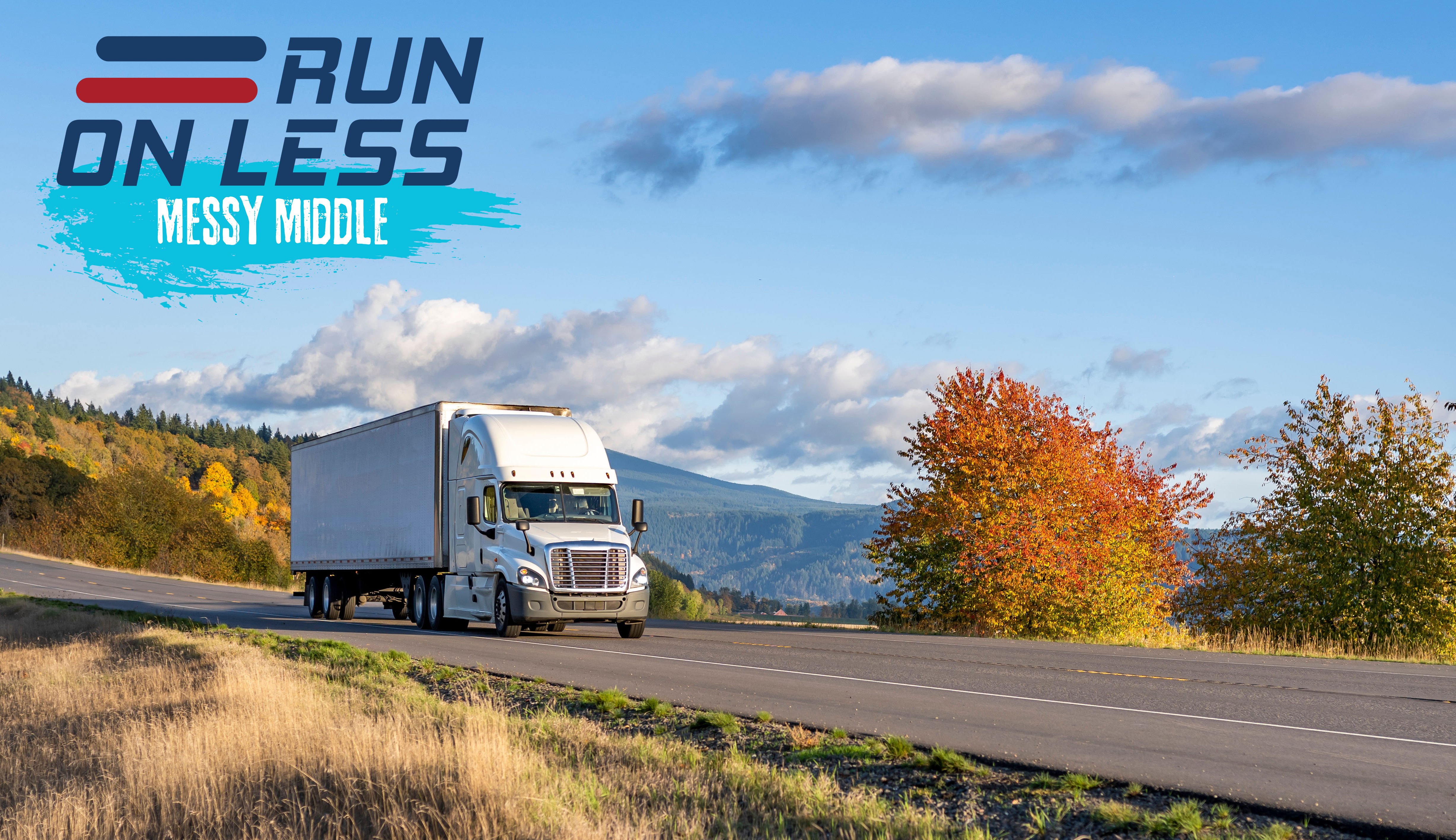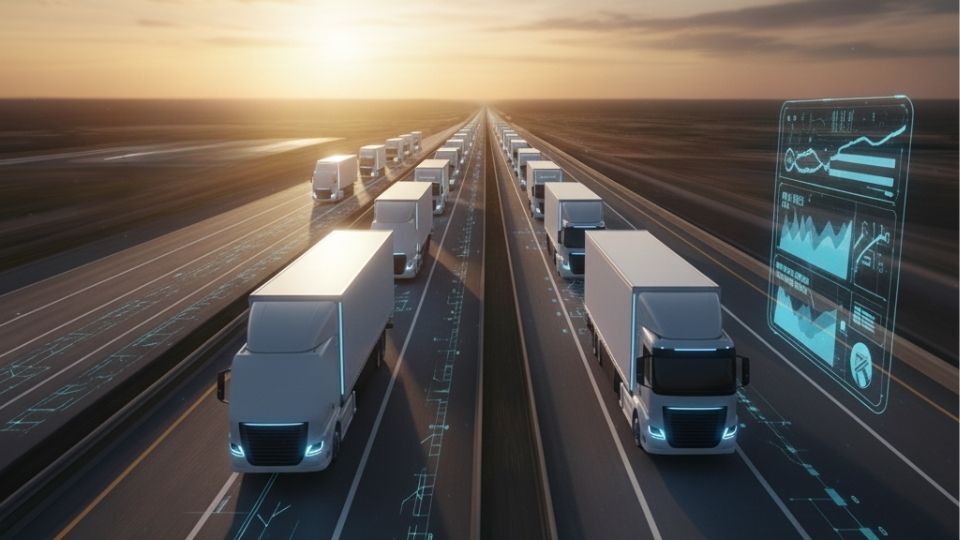Protecting Our Most Precious Cargo: How Telematics is Powering a Safer Ride to School
How Real-Time Telematics is Giving Parents Peace of Mind and Transforming the School Commute

By Craig Berndt
Oct 24, 2025

Each October, National School Bus Safety Week reminds us that the school bus isn’t just a vehicle; it’s a daily symbol of care, trust, and connection. It’s the first part of a child’s school day and the last step on their journey home. This week gives us a chance to celebrate the drivers and staff who keep that journey safe, and to discover the innovative, data-driven technology that’s shaping the future of student transportation.
As someone who has spent 15 years in telematics, and the last 3 in the school transportation industry, I’ve seen firsthand how technology can elevate what has always been a deeply human mission: getting every child to school safely, on time, and with complete peace of mind for their families.
A Smarter, Safer Journey for Every Student
School buses have long been recognized as one of the safest ways for children to travel. But today, we have the opportunity to make that journey even safer, more efficient, and connected. At the heart of this transformation is telematics, a data-powered technology that helps school officials understand how buses are performing on the road. By processing information on vehicle location, speed and driving behavior, telematics gives school bus fleets real-time insights to support safety and efficiency.
When this technology works hand in hand with existing school systems such as communication apps, routing platforms, and Student Ridership Solutions, from companies like Treker and Tyler Technologies, school districts can move from reacting to issues to preventing them altogether. For example, when a dispatcher can instantly access and share a bus’s real-time location data, they can quickly respond to delays, reroute vehicles if necessary, and keep parents informed.This integrated approach puts students at the center of every safety decision.
Empowering Families as Partners in Safety
This data ecosystem isn’t just for administrators; it’s a tool that empowers parents. Parents have always been powerful advocates for their children’s well-being, and today, that advocacy includes being informed about the tools that help keep students safe. To take an active role in shaping a safer, smarter transportation future, families should know what questions to ask their district. Simple, yet powerful questions include: “Does our district use smart, real-time data to monitor safety and optimize routes?” or “Are the transportation systems connected so that parents receive real-time bus updates?”
When these technology systems work together, they deliver a new level of transparency, accountability, and confidence. Consider how this connected approach supports your family:
- Real-time visibility for parents: When high-quality telematics data feeds directly into Ridership apps, families can see exactly when a bus will arrive. This integration helps parents plan their day and ensures children are met safely at their stop, bringing peace of mind and better communication between home and school.
- Confidence that every child is accounted for: Integrated data also helps drivers confirm that all students have exited the bus at the end of each route. What once relied on manual checks can now be verified digitally, turning a routine task into a proactive safeguard.
- Route optimization that supports student well-being: Advanced analytics can help shorten ride times by optimizing routes, even factoring in details like IEP requirements, door side pick ups and the student’s walk to their bus stop. For students, that means less time commuting and more energy for learning. For districts, it means improved efficiency, lower fuel costs, and reduced emissions, all while supporting better outcomes for children.
Technology That Connects, Not Complicates
K–12 transportation relies on many trusted tools, from routing systems to Student Ridership solutions. But when these systems don’t communicate with each other, important information can get lost along the way. A connected, data-powered approach helps ensure everyone, from drivers to dispatchers to parents, has the information they need when they need it. For families, that means clearer communication, fewer surprises, and confidence that their child’s journey to and from school is as safe and efficient as possible.
Looking Ahead
As we celebrate National School Bus Safety Week, we can feel confident knowing that technology is strengthening the human care that defines every school bus journey. By connecting data, people, and systems, we can ensure every child’s trip to and from school is supported by innovation, transparency, and trust, because protecting our most precious cargo will always be a shared responsibility.
To learn more about school bus fleet management at Geotab, click here.
Subscribe to get industry tips and insights

Craig Berndt is a Business Development Manager at Geotab.
Subscribe to get industry tips and insights
Related posts

Run on Less data redefines electric truck viability
December 17, 2025
4 minute read
.png)
From the North Pole to the Highway: How AI and Predictive Insights Get Drivers Home for the Holidays
December 16, 2025
2 minute read
.jpg)
.png)
AI dash cams vs. traditional: Which delivers better fleet safety?
December 8, 2025
5 minute read

.jpg)
Go beyond reactive truck maintenance with predictive solutions that drive profits
December 8, 2025
3 minute read